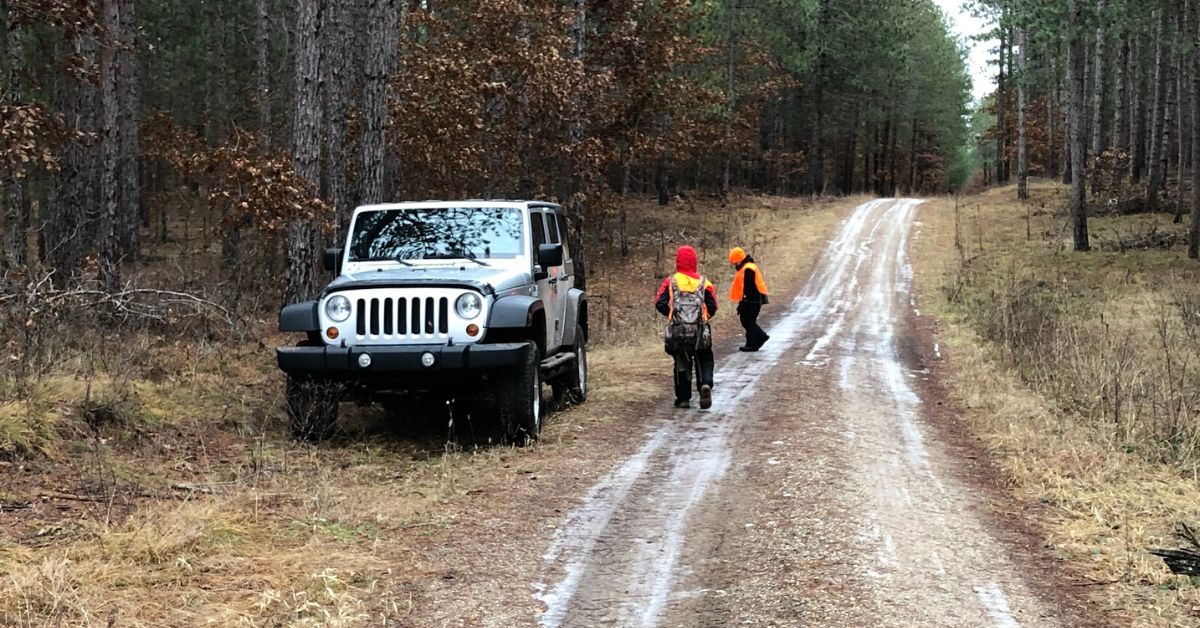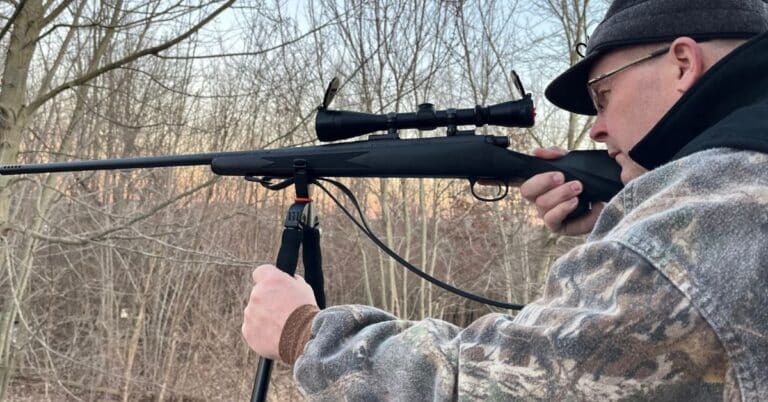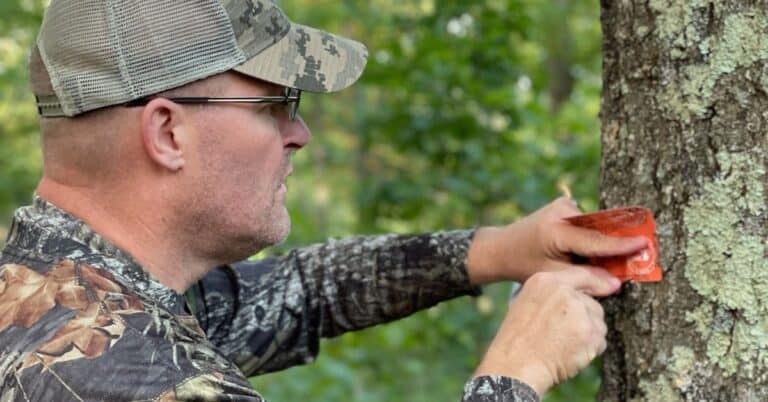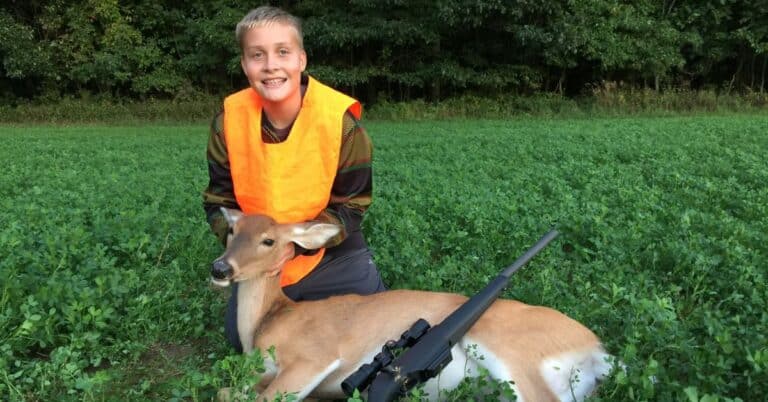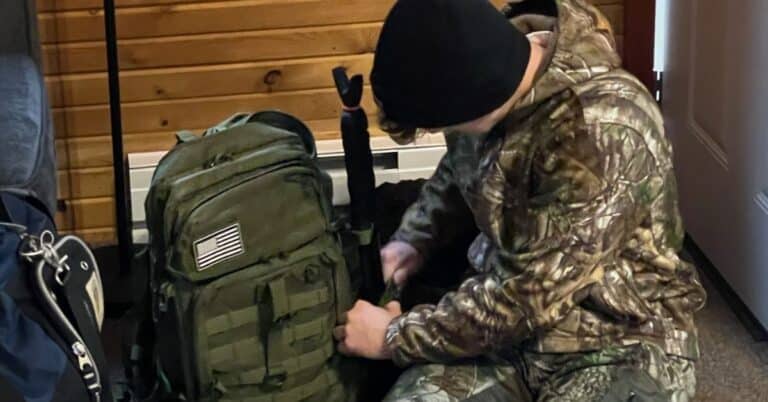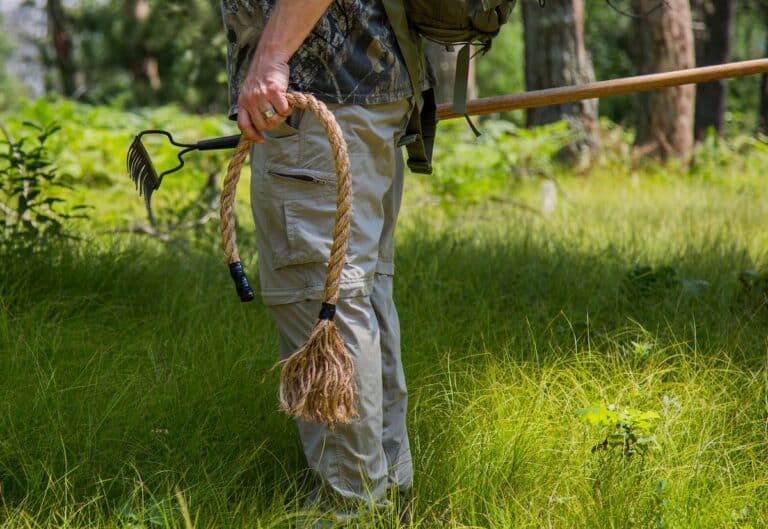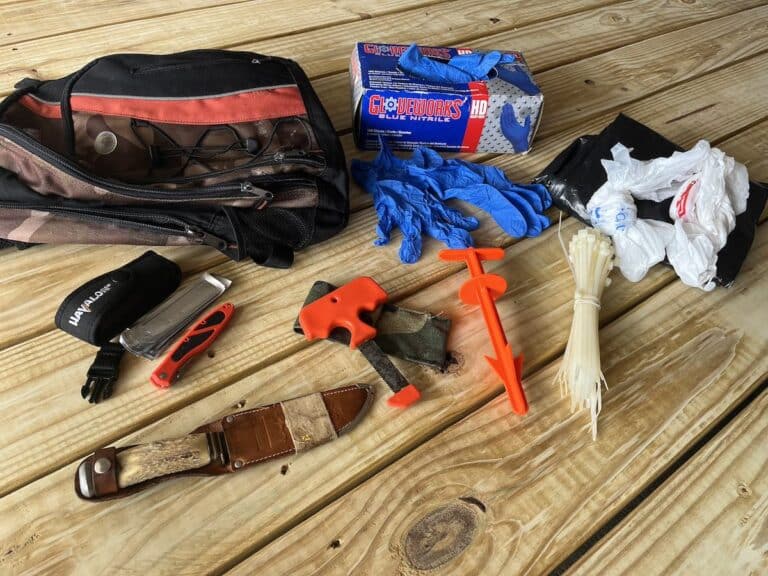Deer Scouting How-To
An Introduction to Finding Hunting Locations
Embarking on the journey of deer scouting for the perfect hunting spot has been a rich experience for me as a hunter and a father. In this blog post, I’ll share insights into the intricacies of deer scouting, a skill that has become a cherished tradition with my three boys. Join us as we explore the nuances of selecting the right location, understanding diverse food sources, and creating an ideal setup. This is more than just a hunt; it’s about forging a connection with the great outdoors.
Deer Scouting: Setting the Scene for Success
Choosing the ideal location is more than picking a field or forest section. It involves understanding diverse food sources and creating a deer-attracting environment with clear lines of sight. This balance ensures an enjoyable hunting experience for my boys.
Scouting Wisdom and Seasonal Strategies
Our hunting expeditions align with Michigan’s youth hunt season, starting in September. My approach to teaching how to hunt starts early in the season with deer scouting. Early on, soybeans and cornfields offer a visual spectacle. As the season progresses, adapting to acorns in October and November is crucial.
Soybeans hold a dual appeal for deer, offering nutrient-rich forage with up to 35% digestible protein from spring to fall. Come winter, the grain (beans) provides a source of high carbohydrates and fats, ensuring deer resilience through the rut and winter until the arrival of spring green-up.
“Understanding the deer’s dietary preferences is key. Soybeans and corn are excellent attractants early in the season, providing a visual spectacle for new hunters,” I emphasize.
Securing permission to hunt on a farm with soybean fields and exploring state properties with diverse food plots of rye grass has been a game-changer. Adapting strategies based on changing seasons and deer behavior is vital for success.
Water Sources and Acorns
While food sources are vital, access to water is equally important. Creeks and water sources in wooded areas play a significant role in the deer’s daily routine. Understanding these patterns and strategically positioning ourselves near water sources enhances our chances of a successful hunt.
“As the season progresses, water becomes a crucial factor. Deer need to drink, and being near water sources adds another layer to our hunting strategy,” I explain.
The falling of acorns in October and November adds another dimension to our approach. Deer are drawn to these natural treats, guiding our choice of hunting spots.
The Thrill of the Journey
For me, the adventure isn’t just about deer scouting; it’s about finding several land location options. Walking through the woods, embracing the sounds of nature, and mentally preparing for the hunt become rituals that connect us to the heart of hunting.
“The journey is an integral part of the experience. It’s a time to observe the surroundings, understand the landscape, and immerse ourselves in the natural rhythm of the woods,” I share with enthusiasm.
After Deer Scouting: Craft the Perfect Setup
Upon reaching our chosen location, the real artistry begins as we set up our blind. Careful consideration is given to proximity to food sources, water, and acorns, ensuring we are strategically positioned to witness deer activity without causing disturbance.
“It’s about finding the sweet spot, a balance between proximity to food sources, water, and minimizing our presence. This delicate dance sets the stage for a successful hunt,” I explain.
Setting up the blind is a meticulous process. Whether opting for a natural or portable blind, every piece is carefully placed, ensuring a quiet and stealthy experience.
Moreover, I’ve found that gathering fallen branches or broken tree limbs with kids is a fun collection process. Building a blind with natural resources lets you customize it to your liking. For kids, it’s akin to crafting a snow or sand castle. This hands-on process encourages them to explore their surroundings and draw a mental image of their envisioned experience.
“Setting up the blind is like preparing a stage for a performance. Everything needs to be in its place, and every movement must be deliberate to avoid spooking the deer,” I share, emphasizing the importance of this step.
Waiting for the Magic Moment
The initial hours of waiting are where patience becomes our greatest ally. Engaging my boys in whispered conversations, teaching them about wind direction, cloud cover, and utilizing breath to gauge the wind’s flow keeps the excitement alive.
“As we wait, we discuss the importance of understanding the environment. It’s not just about seeing deer; it’s about connecting with nature and learning from every moment spent in the woods,” I reflect.
Embracing the Journey Together
Guiding my boys in deer scouting is more than the harvest; it’s about fostering a love for nature and the thrill of the hunt. Now, for new hunters, absorbing environment details, understanding deer behavior, and choosing spots strategically are essential.
As you embark on your hunting journey, consider diverse food sources, plot types, and their proximity. With every step, conversation, and moment of patience, the experience becomes more beautiful. Stay tuned for additional hunting tales. Whether you’re a seasoned hunter or just starting out, there’s always more to explore, learn, and embrace.

